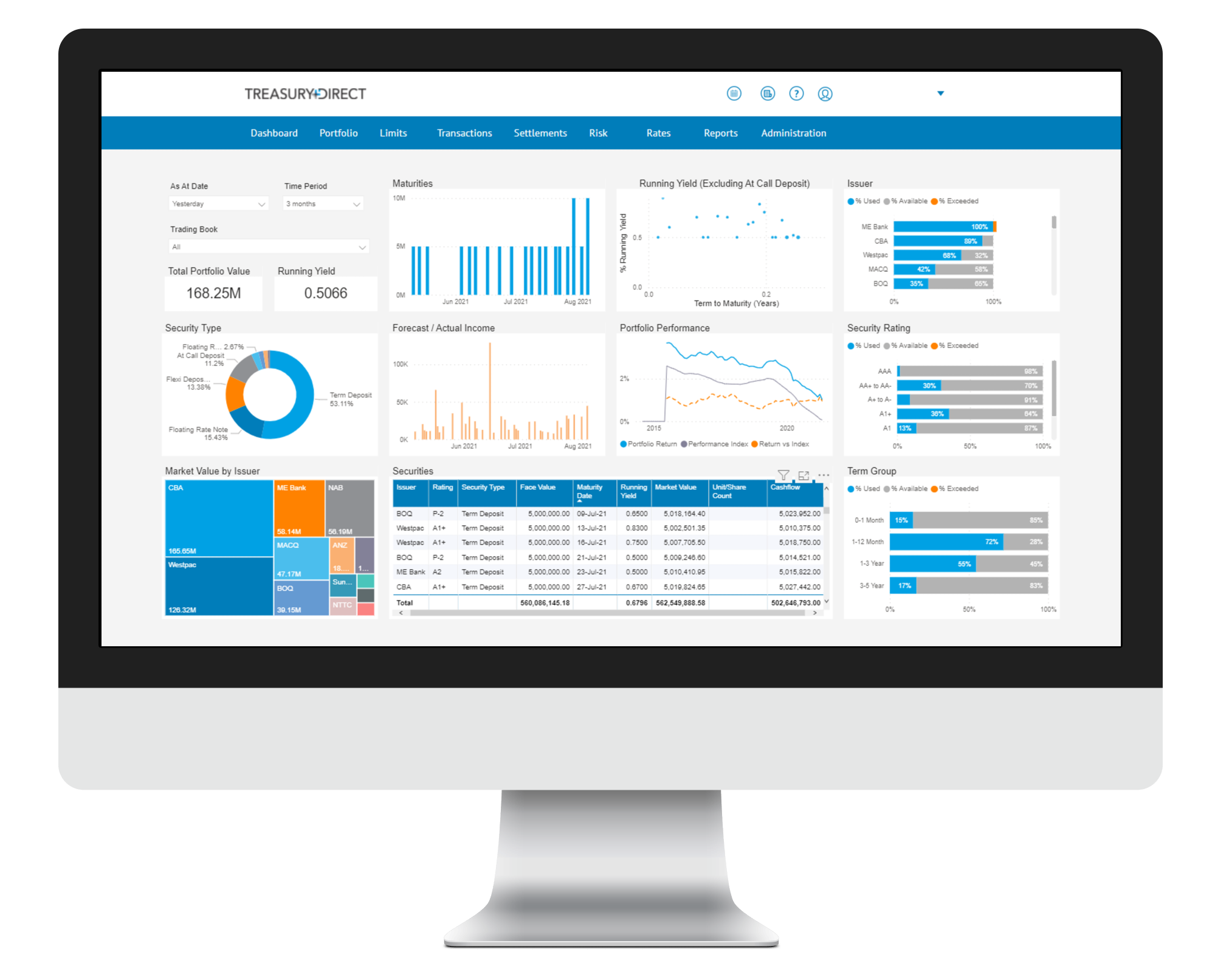Markets Overview
- ASX SPI 200 futures up 0.3% to 8,111.00
- Dow Average up 0.7% to 40,527.62
- Aussie down 0.7% to 0.6383 per US$
- US 10-year yield fell 3.7bps to 4.1716%
- Australia 3-year bond yield rose 2 bps to 3.32%
- Australia 10-year bond yield rose 2 bps to 4.19%
- Gold spot down 0.8% to $3,317.36
- Brent futures down 2.9% to $63.98/bbl
Economic Events
- 11:30: (AU) 1Q CPI QoQ, est. 0.8%, prior 0.2%
- 11:30: (AU) 1Q CPI YoY, est. 2.3%, prior 2.4%
- 11:30: (AU) March Private Sector Credit YoY, prior 6.5%
- 11:30: (AU) March Private Sector Credit MoM, est. 0.5%, prior 0.5%
- 11:30: (AU) March CPI YoY, est. 2.2%, prior 2.4%
- 11:30: (AU) 1Q CPI Trimmed Mean QoQ, est. 0.6%, prior 0.5%
- 11:30: (AU) 1Q CPI Trimmed Mean YoY, est. 2.8%, prior 3.2%
- 11:30: (AU) 1Q CPI Weighted Median QoQ, est. 0.7%, prior 0.5%
- 11:30: (AU) 1Q CPI Weighted Median YoY, est. 2.9%, prior 3.4%
- 11:30: (AU) March CPI Trimmed Mean YoY, prior 2.7%
Stocks in Asia are set to track further gains on Wall Street as bets that corporate America will weather slowing economic growth and tariff-fueled disruptions sent the S&P 500 up for a sixth day.
Equity-index futures pointed to advances in Tokyo and Sydney, with Hong Kong flat after the US benchmark notched its best six-day run since March 2022. The Nasdaq 100 is close to erasing all of its losses since April 2, when President Donald Trump announced his trade offensive. US stock futures edged lower after Super Micro Computer Inc. tumbled in late trading on a disappointing update.
Treasuries extended this month’s climb, with 10-year yields dropping below 4.2%. The dollar strengthened against most major currencies on Tuesday, while gold and oil declined.
A cohort of stock bulls are fueling a comeback in equities, even as Trump’s tariff turmoil shows no sign of letting up with the economic toll rising by the day. Investors have also taken comfort from some recent tariff reprieves and add bets that the Federal Reserve will cut interest rates to prevent a recession, and a risk-on investment case may build.
“Many are still calling for a recession and even lower equity levels, but we think the ‘Trump put’ is real for equities while the ‘Fed put’ is real for the economy,” said Andrew Brenner at NatAlliance Securities. “And while tops and bottoms are hard to recognize as they are happening, we think the worst is behind us.”
Yet after cruising along comfortably for most of last year, the world’s largest economy lost strength at the start of 2025 as consumers tired and the trade deficit ballooned on a tariff-related scramble for imports.
In the latest pivot in Trump’s trade strategy, the president signed an executive order easing the impact of his auto tariffs, preventing duties on foreign-made vehicles from stacking on top of other levies and lessening charges on parts from overseas used to make vehicles in the US.
Trump also renewed criticism of Federal Reserve Chairman Jerome Powell as he championed his economic policies and tariff regime during an event on Tuesday to mark his 100th day in office. Trump said China deserved the steep tariffs he imposed on their exports and predicted Beijing could find a way to reduce their impact on American consumers.
Still, not all companies are having a smooth sailing.
General Motors Co. and JetBlue Airways Corp. pulled their outlooks. United Parcel Service Inc. expects to cut 20,000 jobs this year.
After the closing bell, Starbucks Corp. reported sales that fell slightly faster than expected. Visa Inc.’s earnings beat estimates. Snap Inc. declined to issue a sales forecast for the current period, saying it’s navigating macroeconomic “headwinds” for its advertising business. Super Micro Computer Inc.’s preliminary results fell short of analysts’ projections.
“Looking ahead, we believe the worst-case scenarios for policy change may be in,” said Lauren Goodwin at New York Life Investments. “But since uncertainty is still high in market-critical areas like business cost and revenue, and since valuations have already improved from recent market bottoms, market volatility is likely to persist.”
At HSBC Holdings Plc, a group of strategists cut their year-end S&P 500 target to 5,600 from 6,700, saying tariffs and weaker-than-expected US economic growth will pressure corporate earnings.
“We expect the market narrative will flip-flop between recession and stagflation until tariff turmoil subsides, the Fed starts easing, and/or inflationary pressures fail to build up,” strategists including Nicole Inui wrote in a note to clients.
Raymond James’ Larry Adam noted that while he’s keeping his S&P 500 target of 5,800 by the end of the year, there’s a long time between here and there.
“In the interim, I would be more cautious because I do think that you’re going to see more tangible evidence show that this economy is slowing,” he said in an interview at Bloomberg headquarters in New York.

